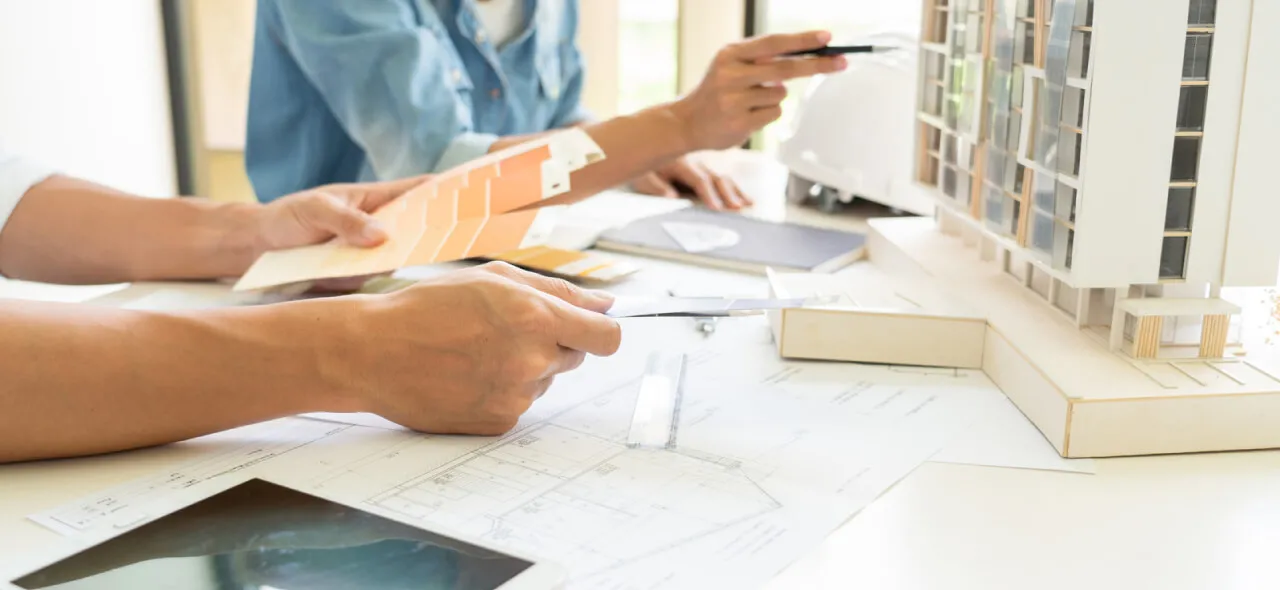
There are offices around the world designed with many different interior architectures. Employee performance is important for every employer. Globally, many employers purchase and use portable office models. However, prefabricated house options are also highly modular and offer significant advantages to users. When it comes to designing the interior, it is essential to use designs that enhance performance and focus. It is important for offices or any workspaces to increase the performance and concentration of employees. Some architects offer innovative furniture and many other expensive solutions for improving focus. However, you can also boost your employees' work performance without resorting to overly expensive measures. Here are some tips for increasing employee focus at an affordable price:
Lighting may be more important than you think. If the lighting is inadequate, employees may struggle to see the text on documents, leading to distractions. On the other hand, excessive lighting can also be uncomfortable, potentially causing headaches. Architects recommend that light should come from the sides within a room, rather than directly from above. By using LEDs to illuminate the office from the sides, you can save energy while also protecting your employees' eye health.
Furniture is crucial for office spaces. An employee should feel comfortable at their desk and be able to reach their work equipment easily. If standing, all work tools should be within arm’s reach. You may want to invest in more innovative furniture for this purpose. If you have some DIY skills, you could even create furniture that suits the environment yourself.
Just as important as selecting innovative furniture is the arrangement of that furniture. Every employee's task is different, so the materials they need will also vary. In jobs that can be done sitting down, furniture is often arranged in a square formation. However, in workspaces where standing is required, the arrangement of furniture is particularly important. In such spaces, multiple people may be working, so they must avoid bumping into one another. This is especially important in kitchen-like areas where the placement of furniture and work materials is crucial. In such areas, where cutting and sharp tools are used, the arrangement of furniture is of even greater importance.
Work materials can be divided into two categories: personal and shared materials. Personal materials are typically items that an employee keeps at their desk to aid their work. Shared materials, such as printers, scanners, and kitchen items like pots and pans, are used by everyone. These materials should be of good quality because malfunctioning shared equipment could delay work and divert employees' attention from their tasks. Similarly, even in kitchen areas, high-quality and durable materials should be selected. The arrangement of these materials is just as important as their selection. Shared materials should be placed in an area that is easily accessible to everyone. Otherwise, employees may waste time and energy trying to access these materials.
Most employees perform their work in office-like spaces. However, some professionals work from home or as digital nomads in various regions and houses. Some people work in different prefabricated school buildings. If you want to create a work environment, you can prepare an affordable workspace by following our advice without spending too much money. The key here is empathy and visualization. Take a pen and paper and simply sketch an overhead view of the office you imagine. As you begin to reflect on the drawing, you will start to see its flaws and gaps. If you are interested in purchasing or exploring portable building models, feel free to visit our website.